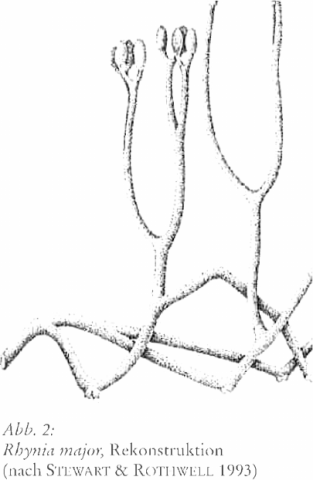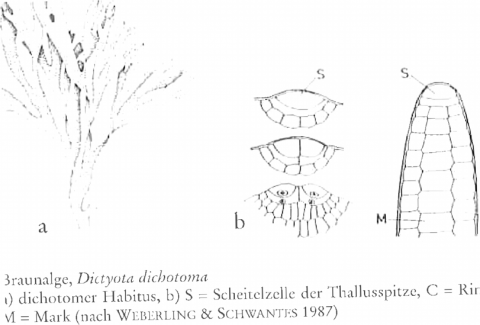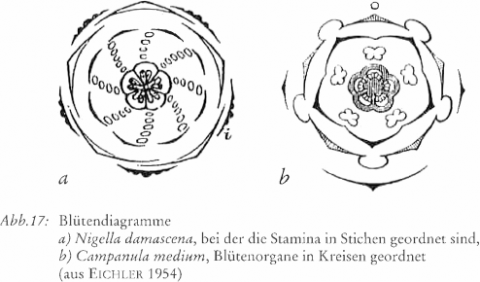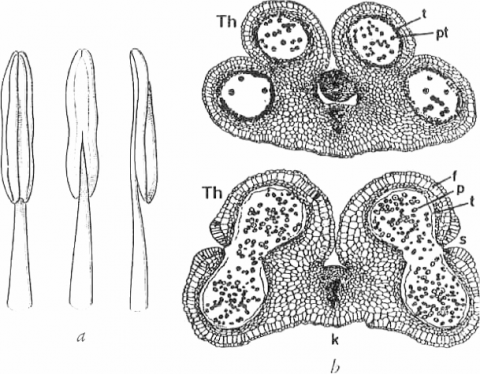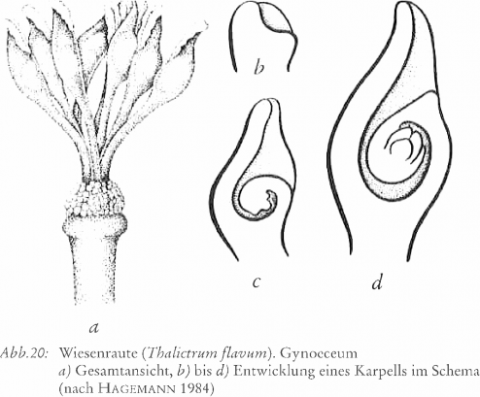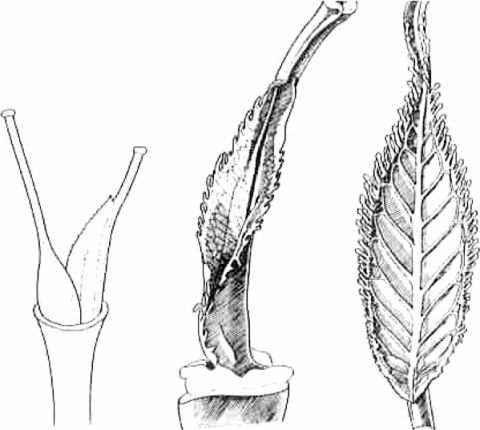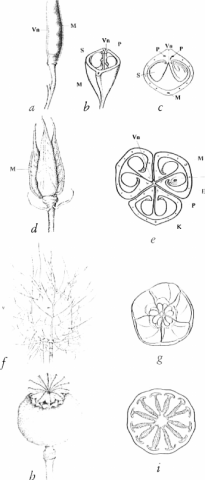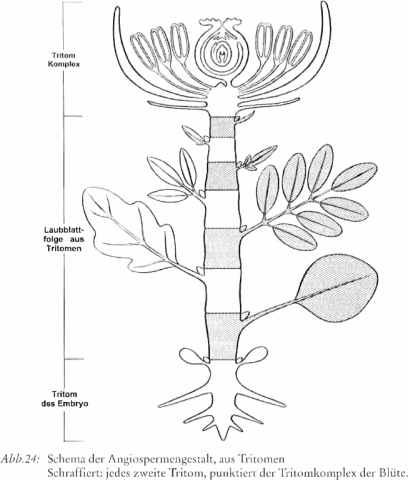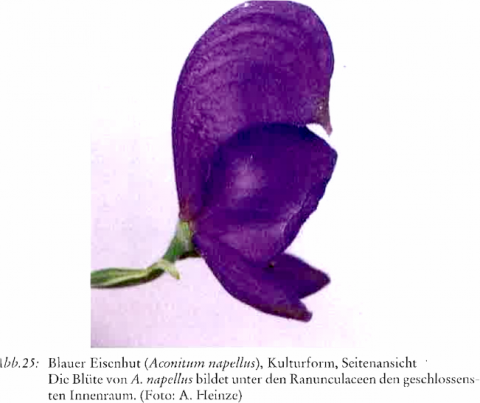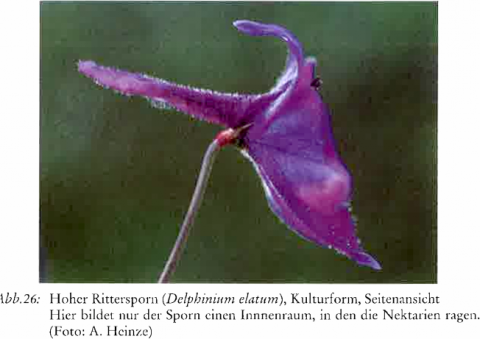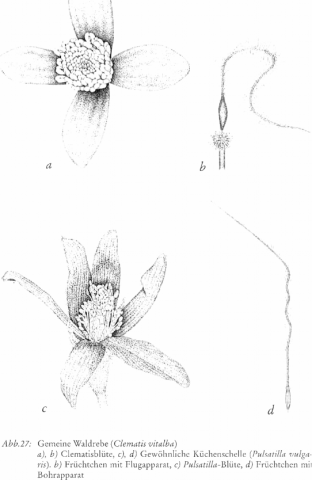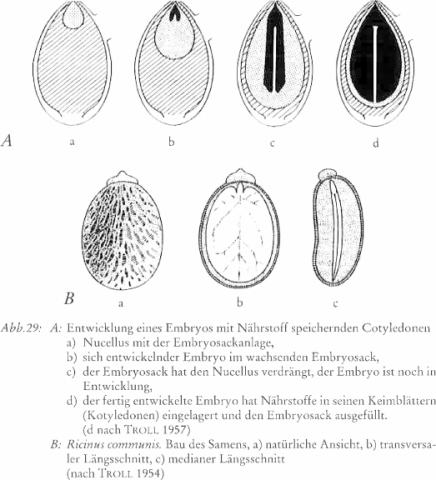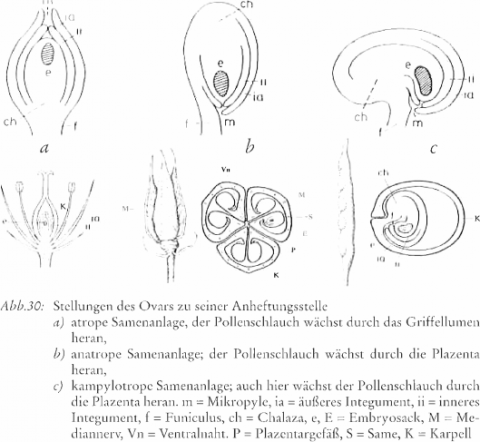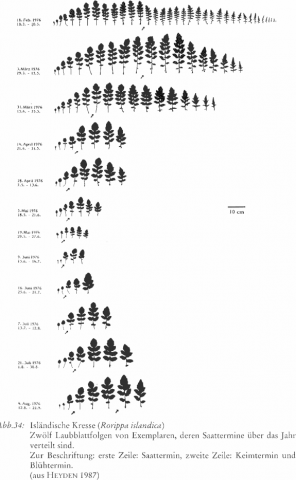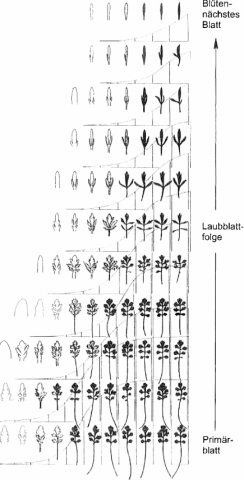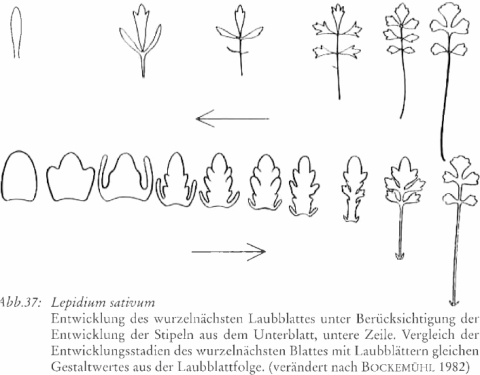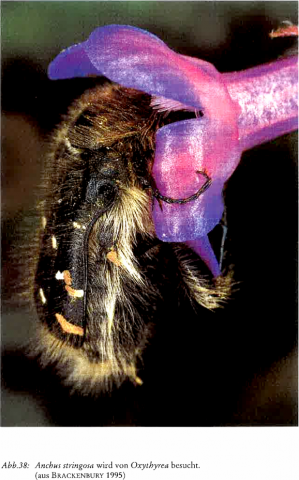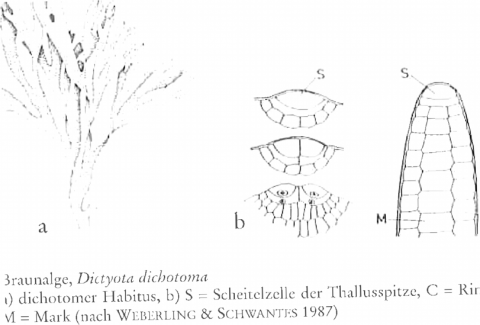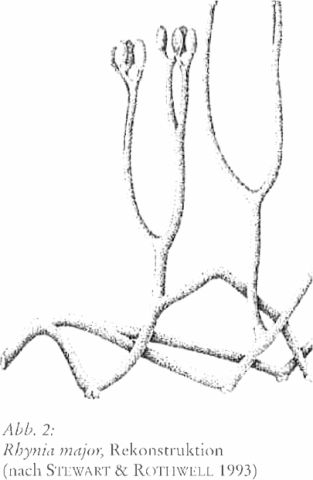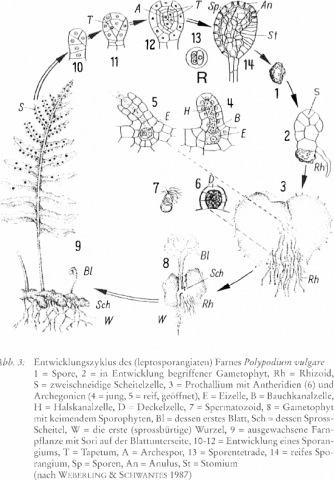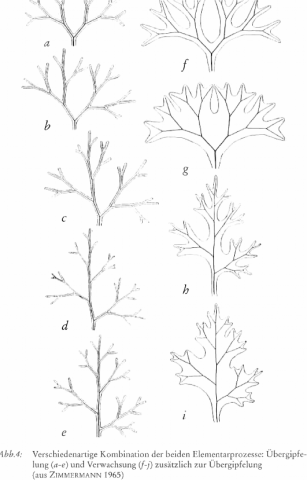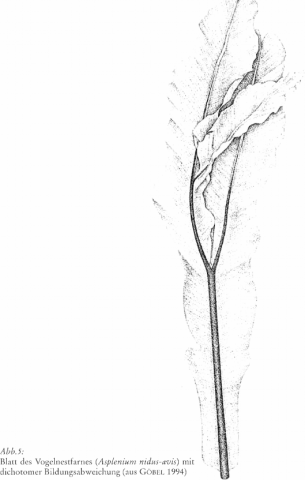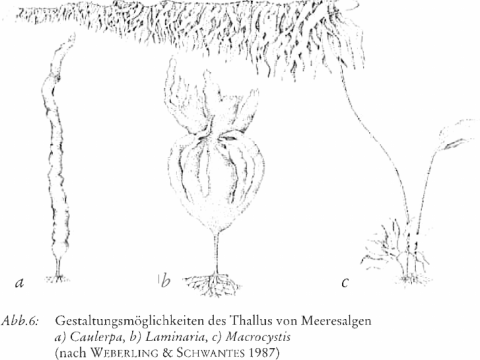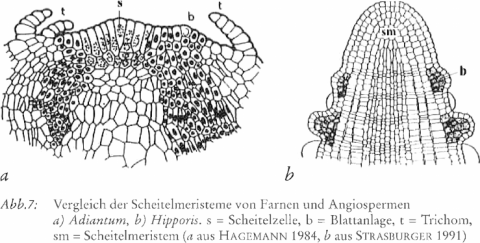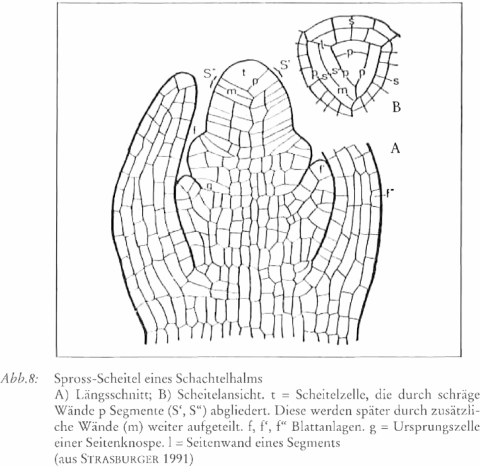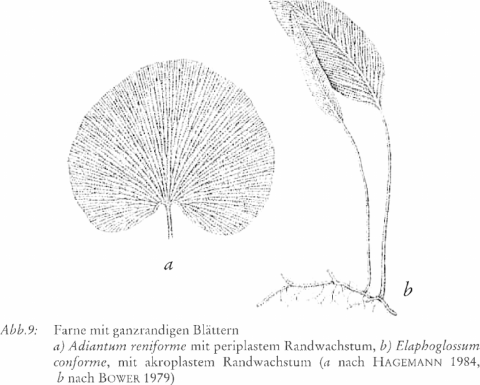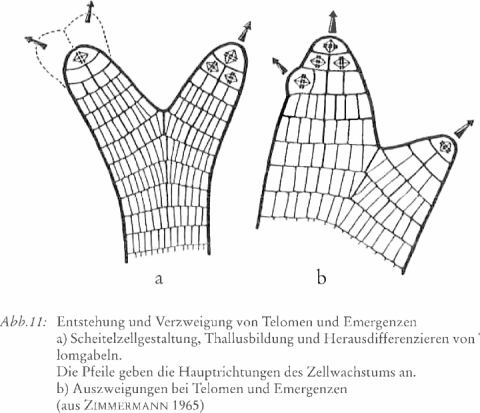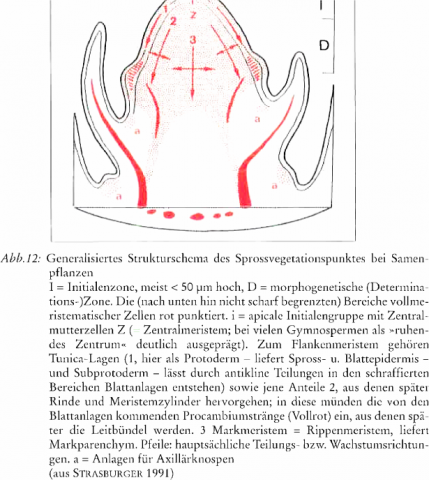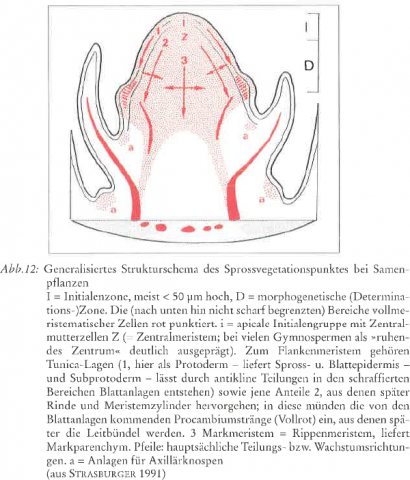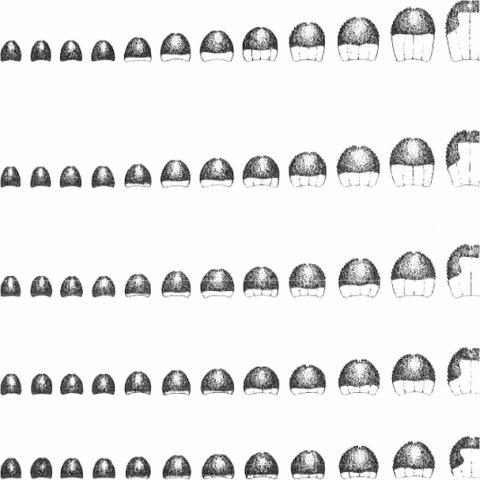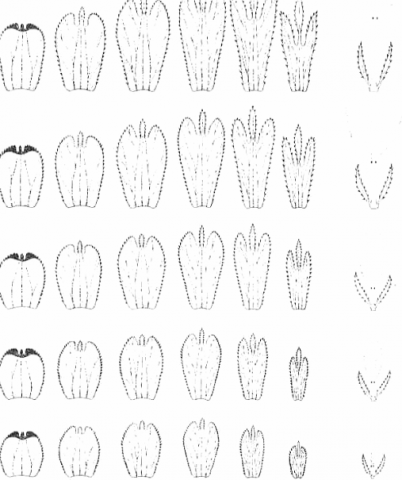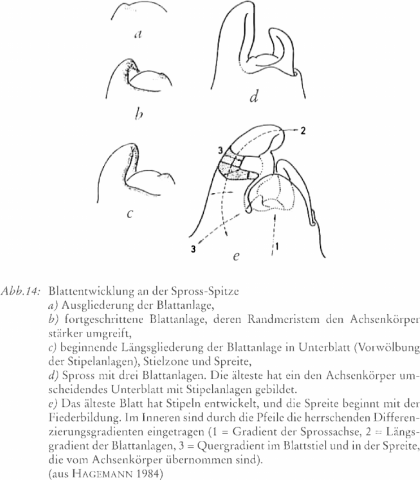Zur evolutiven Ausbildung von Blüte und Frucht bei den Hahnenfußgewächsen
Export Article Citation as
- Download price : €6
Abstract:
Concerning the evolutionary development of the blossom and fruit of the Ranunculaeeae
The fruit formation of the Ranunculaceae - evolutionarily early representatives of the angiosperms - is taken as a motif in examining the evolutiona1y path of the formation of both the angiosperm blossoms, exposed as they are to their surroundings, and the inner space of their fruit.
The evolution of the plant kingdom integrates, internalizes and individualizes morphological unities in four evolutionary steps:
- The first step leads to the development of the eucaryotic cell which is the first morphological unity.
- The second step leads to the formation of the thallus, the basic organ of thallous algae.
- The third step develops the telom as the basic organ of the pteridoplaytcs.
- The fourth step leads to the formation of the tritom, the basic organ of the angi03perms.
The tritom is introduced for the first time as the angiosperm’s basic organ. Preceding tissue differentiation (teloms), this organ structure makes possible the fetalization of tritom complexes. In these tritom complexes the blossom and fruit structures are reaehed by relocation of the organ structures.
In aceordance with Goethe, the idea of the»leaf«as the original organ of the plant has to be differcntiated in a fourfold manner. In the case of the algae the thallus represents their»leaf«, in the case of the pteridophytes the telom‚ and in the angiosperms the tritom is»leaf«.
The evolution of the angiosperms is completed in the process and shape of the blossom - the blossom being self-polar - where the biological relation between the blossom appearing and pollinators’ behaviour is evident.
References
- BOCKEMÜHL, J. (1967): Äußerungen des Zeitleibes in den Bildebewegungen der Pflanze. Elemente der Namrwissenschaften 7: 25-30. Dornach. Reprint: Schad, W (Hrsg.): Goetheanistisehe Naturwissensclmft Bd. 2 (Botanik), S. 36-43. Verlag Freies Geistesleben Stuttgart 1982
- BOWER, F. O. (1979): The Ferns (Filicales), Vol. 111. Reprint Edition New Delhi, New York, Codicote, Weinheim
- BRACKENBURY, J. (1995): Inseets and Flowers. A Biological Partnership. Blandford, London
- EICHLER, A. W. (1954): Blütendiagranune Bd. I und II., Nachdruck im Verlag v. Otto Koeltz, Eppenhain
- GOBEL, Th. (1976): Feuer-Erde. Von Australiens Vögeln, Blumenheiden und Feuerwiildern. Verlag Freies Geislesleben Stuttgart
- GOBEL, Th. (1987): Zeitgesten in den Ahwandlungen der Blattmetamorphose bei ein- und mehrjährigen Blütenpflanzen. Tycho dc Brahc-Jahrbuch für Goetheanismus 1987, S. 25-120. Tyeho Brahe Verlag Niefcrn-Ösehelbronn
- GOBEL, Th. (1988): Metamorphose - Wandlungskraft des Geistes. Tycho de Brahe-jahrbuch für Goetheanismus 1988, S. 7-35. 'l'ycho Brahe-Verlag NieferwÖsehelbronn
- GOBEL, Th. (1988): Die Pflanzenidee als ()rganon angewandt auf die Rosenverwandten Europas. Tycho Brahererlag Niefern-Öschelhronn
- GOBEL, Th. (1994): Erdengeist und Lar1dschaftsseele. Gestaltwirkungen geistiger Wesen im Pflanzem‘eich und in der Mistel. Verlag am Goetheanum Dornach
- GOBEL, Th. (1998): Zwei Waldreben, das Buselnvimlröschen, die Kuhschelle und die Evolution der Bliitenpflanzen. 'l'ycho dc Brahe-Jahrbuch für Goetheanismus 1998, S. 193238. Tyclio Brahe-Verlag Niefern-Ösehelbronn
- GOTHAN‚ W. & WEYLAND, W. (1973): Lehrbuch der Paläobotanik. Akademie-Verlag Berlin
- HAGEMANN, W (1984): Die Baupläne der Pflanzen. Eine vergleichende Darstellung ihrer Konstruktion. Skriptum der Vorlesung gleichen Titels. Heidelberg
- HEINZE, A. (1998): Die»Jungfer im Grünen«und ihre Verwandten - Zur Metamorphose der Ranunculaceen-Gattungen Komaroffla, Nigelch und Garidella. Tycho de Brahe-Jahrbuch für Goetheanismus 1998, S. 162-191. Tycho BraheVerlag Niefern-Öschelbronn
- HEYDEN, B. (1987): Die Gestalt der Sumpfkresse (Rorippa islandica, Oeder) im Wechsel der Jahreszeiten. Tycho de Brahe-Jahrbuch für Goetheanismus 1987, S. 121-163. Tycho Brahe-Verlag Niefern-Öschelbronn
- KOWALLIK, K.-V. (1999): Goethes Urpflanze - Dichtung oder Wahrheit? In: Spies, H. (Hrsg.), Goethe und die Welt der Pflanzen. Düsseldorf
- SCHAD, W (1999):»Alles ist Blatt«. Tycho de Brahe-Jahrbuch für Goetheanismus 1999, S. 9-33. Tycho Brahe-Verlag Niefern-Öschelbronn
- STEWART, N. W &. ROTHWELL‚ G. W (1993): Paleobotany and the Evolution of Plants. Cambridge University Press Cambridge/Mass.
- STRASBURGER, E. & al. (1983): Lehrbuch der Botanik, 32. Auflage. Gustav Fischer Verlag Stuttgart, New York
- SUCHANTKE, A. (1966): Metamorphose bei Blütenpflanzen und Schmetterlingen. In: Elemente der Naturwissenschaft 4: 1-23. Dornach
- TROLL, W. (1954): Allgemeine Botanik. Stuttgart
- TROLL, W. (1957): Praktische Einführung in die Pflanzenrnorphologie, 2. Teil. Reprint: Otto Koeltz Antiquariat. Koenigstein/Taunus 1975
- WEBERLING, F. (1981): Morphologie der Blüten und der Blütenstände. Verlag Eugen Ulmer Stuttgart
- WEBERLING, F. & SCHWANTES, H. O. (1987): Pflauzensystematik, 5. Auflage. Verlag Eugen Ulmer Stuttgart
- ZIMMERMANN, W. (1959): Phylogenie der Pflanzen, 2. Auflage. Gustav Fischer Verlag Stuttgart
- ZIMMERMANN, W. (1965): Die Telomtheorie. Gustav Fischer Verlag Stuttgart

